Recovery Points
Understanding Recovery Points
If you're planning on going out 4x4ing for the first time, make sure you understand the basics first before getting your vehicle in a tricky situation. Places like Inskip Point are famous for having drivers take the wrong vehicle onto soft sand and get stuck without recovery points. This becomes a difficult situation for the driver and everyone else when they've blocked the only road everyone uses. Make sure you look at your vehicle thoroughly before heading off road so you know if you need to get recovered, you know where the points are on your vehicle, and you have the towing accessories you need.
W.L.L Working Load Limit - S.W.L Safe Working Limit
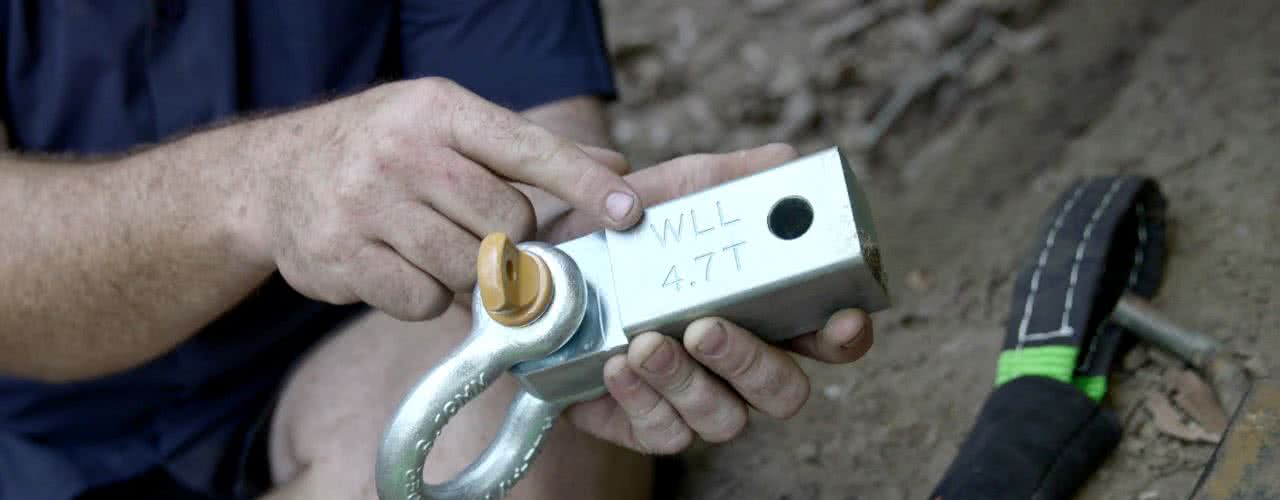
Ensure the equipment you are using has ether a W.L.L Working Load Limit or S.W.L Safe Working Limit stamped on the side of it. This means the product has been tested up to the rating specified and is safe to use on vehicles in the capacity listed. You'll find these specifications on recovery gear such as the hitch receiver, bow shackles and recovery points.
Using the Tow Point for Recovering
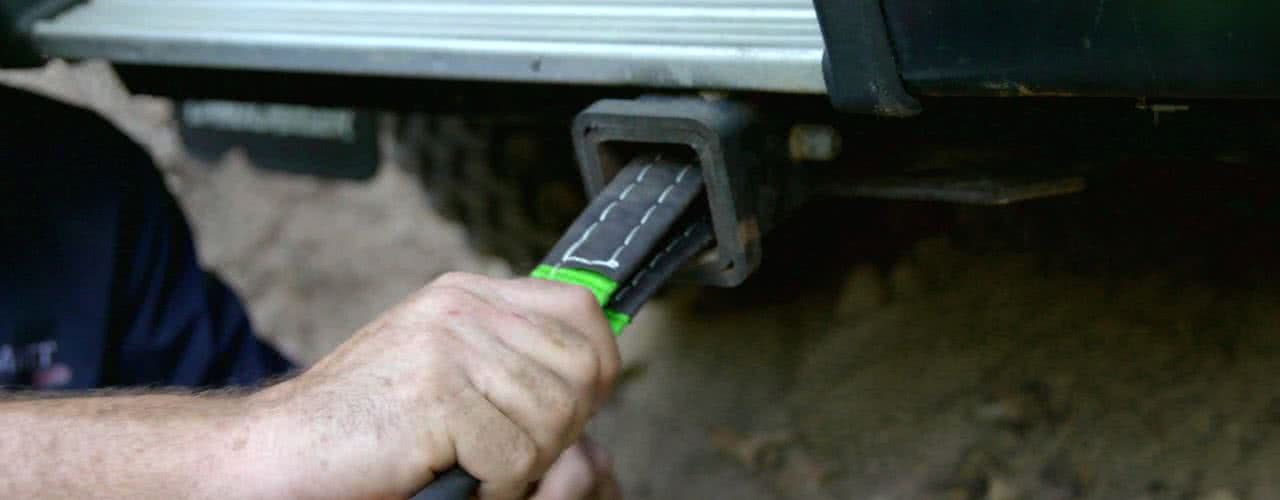
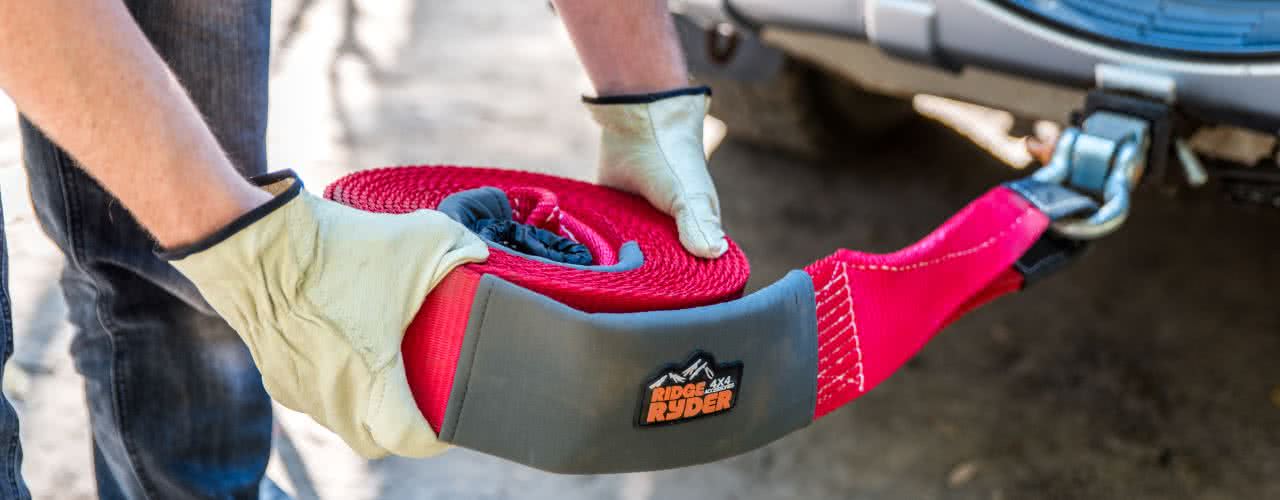
There is two ways you can recover from the tow hitch from the rear of your vehicle, one is to ether use a rated hitch receiver installed into the tow hitch or alternatively you can use a hitch pin if you don't have one at the time just make sure the equipment you're using is rated.
Never Use the Tow Ball for Recovery!
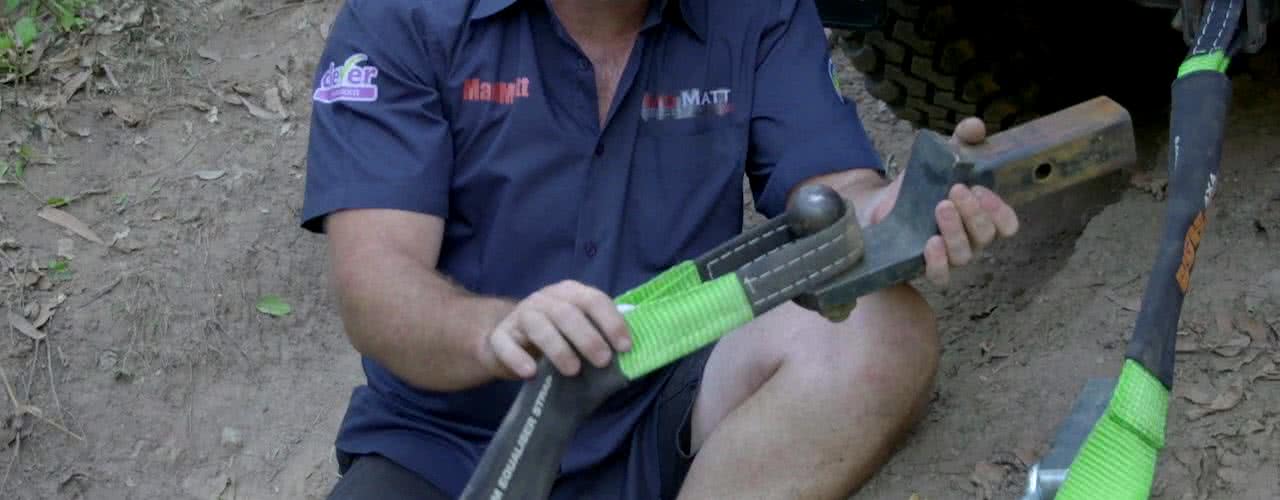
Because the tow ball is installed on a tongue, the bolt is a single sheer bolt installation and is likely to break when used in a recovery situation and turn the tow ball into a flying missile projectile. Never ever use a tow ball for recovery for this reason as it may cause death, serious injury or damage to your or other vehicles.
Front Recovery Points
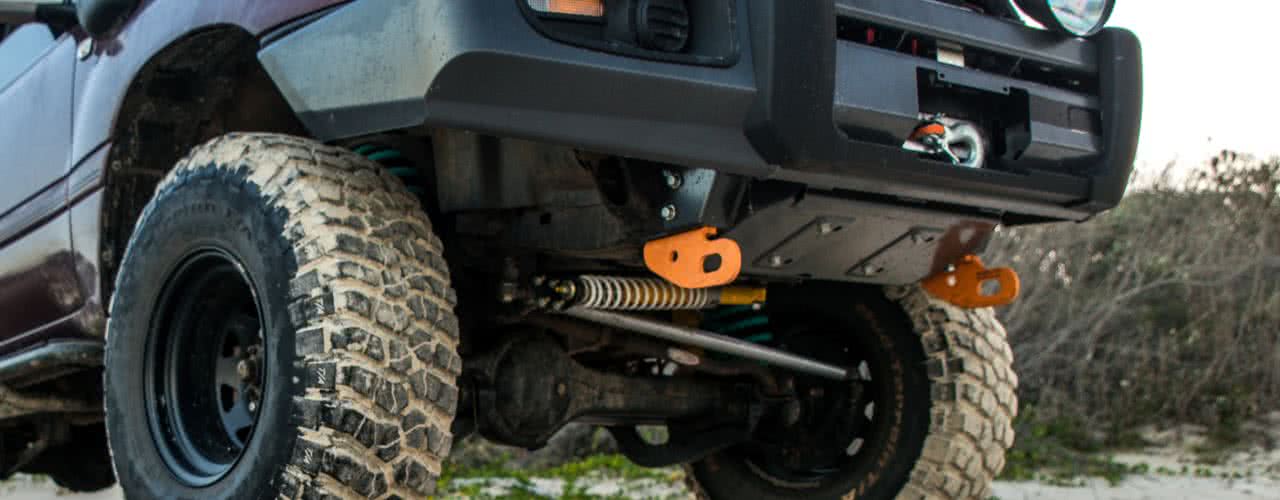
When looking for the front recovery points on your 4x4, make sure to look for points have have been gusset welded or aftermarket bolted onto the chassis rail. These are required to be very thick and not just thin bits of metal sticking out from the bull bar.
Make sure you identify what are recovery points and factory tie-down points. Tie down points are fitted by the manufacturer and is only designed to tie the vehicle down to the floor of a shipping container or transport vessel. Tie-down points are not designed for recovery as the forces required for a recovery may turn the tiedown point into a projectile. If you're not sure if the point you're looking at is a Tie down point or a recovery point, the first place to check is the owners manual.
However if you don't have a owners manual, another way to tell is the angle of the point. A tie down point generally angles towards the ground and is a pretty thin plate. If it points towards the front of the car and is made of thick steel with a strong mount, then chances are it's a good recovery point. If you're still not sure, do some resreach on the vehicle online or talk to a 4x4 specialist.
High Tensile Bolts
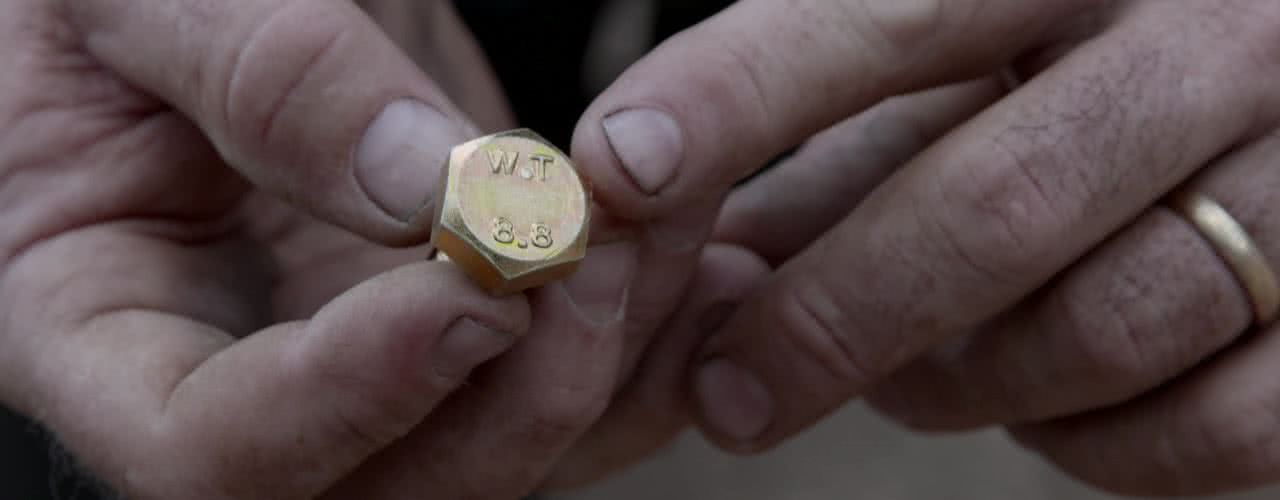
If you have any bolted in factory or aftermarket recovery points, make sure the bolts used are High Tensile Steel W.T 8.8 as a minimum. This ensures that the bolts are made to a high standard so they are not likely to fail during the recovery.
*Important information* - Click here to read more about our DIY Advice Terms and Conditions.